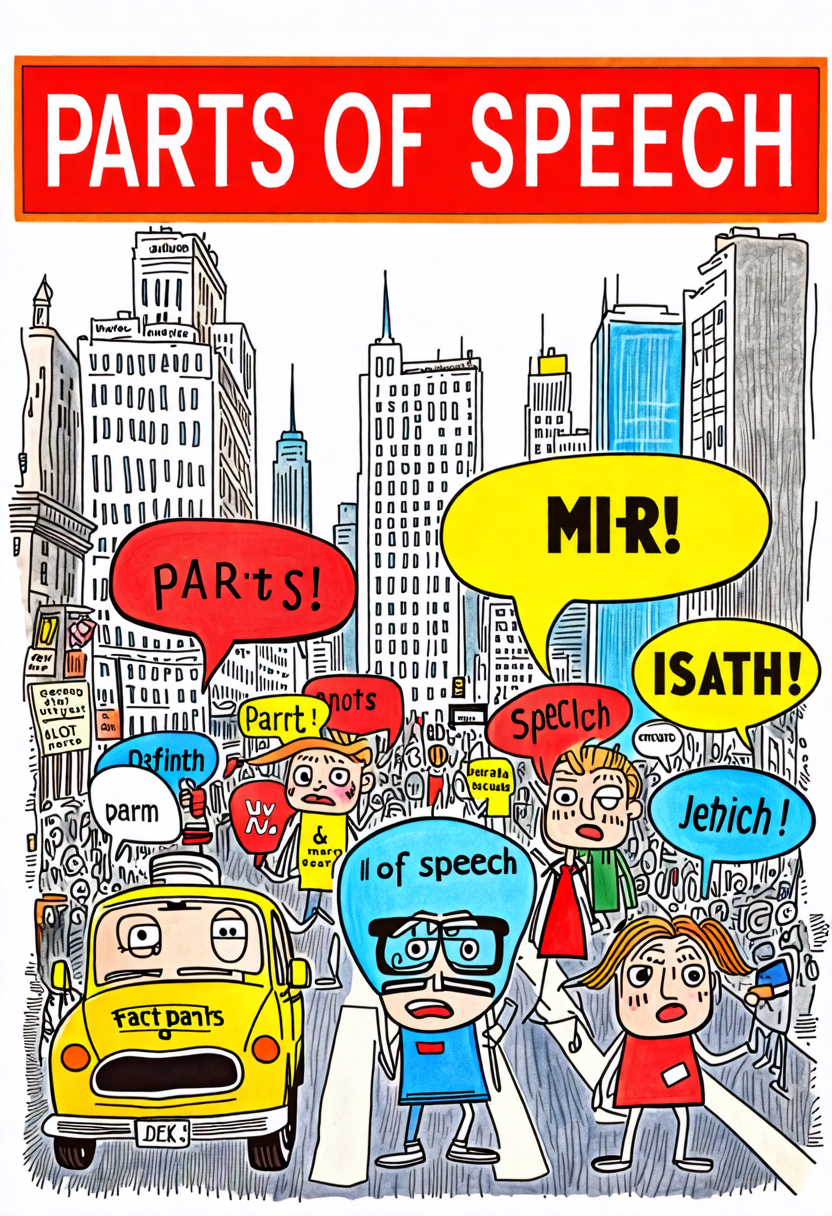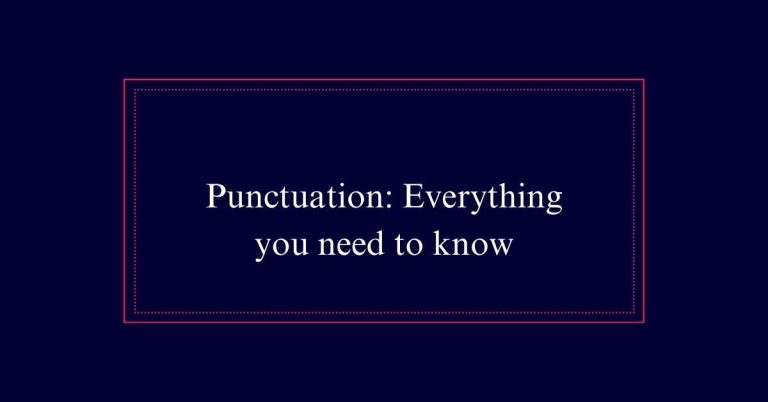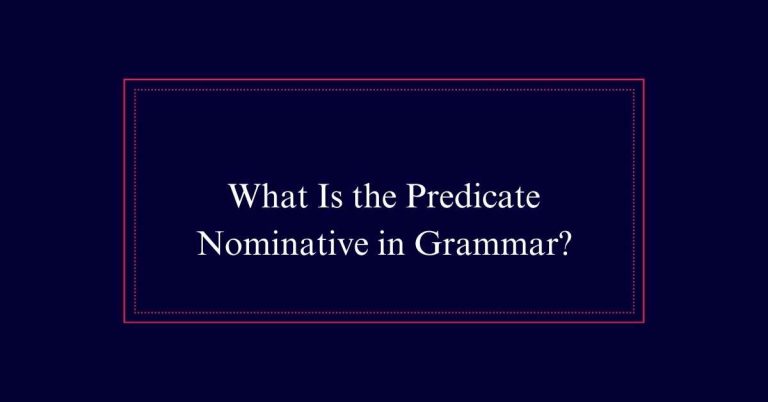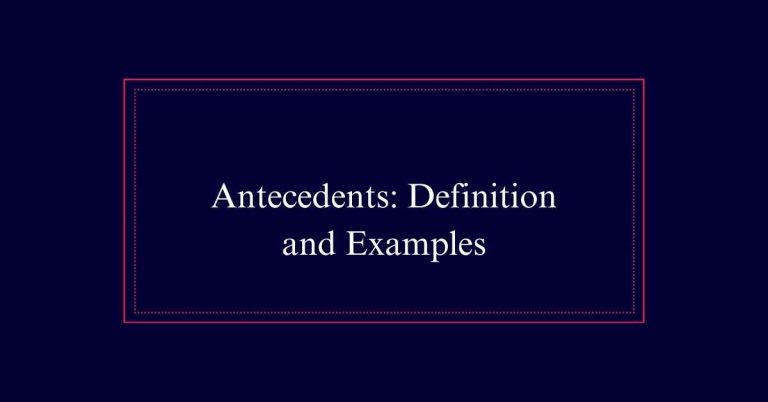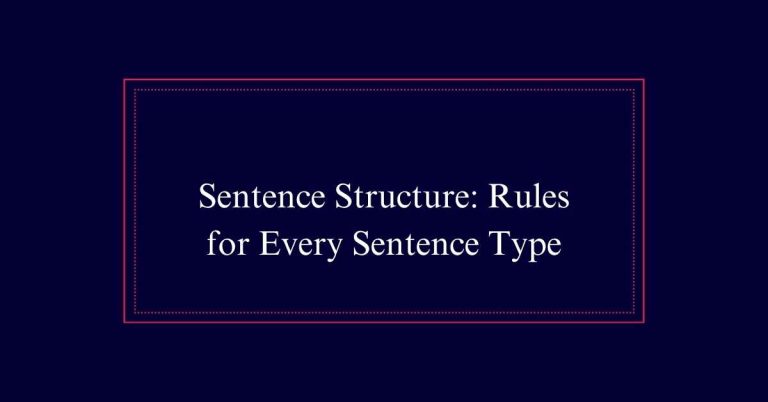Parts of Speech
The eight parts of speech are essential elements of grammar. Nouns name people, places, things, or ideas (e.g., ‘city,’ ‘freedom’).
Pronouns replace nouns to avoid repetition (e.g., ‘he,’ ‘they’). Verbs express actions or states (e.g., ‘run,’ ‘is’).
Adjectives describe nouns (e.g., ‘quick,’ ‘blue’). Adverbs modify verbs, adjectives, or other adverbs (e.g., ‘quickly,’ ‘very’). Prepositions show relationships between words (e.g., ‘on,’ ‘after’).
Conjunctions connect words or groups of words (e.g., ‘and,’ ‘but’). Interjections express strong emotions or reactions (e.g., ‘wow,’ ‘ouch’).
Nouns
Nouns are essential parts of speech that name people, places, things, or ideas. They are fundamental in constructing sentences and conveying meaning.
Nouns can be common or proper. Common nouns are general names for items, such as ‘city’ or ‘dog.’ Proper nouns specify particular names, like ‘New York’ or ‘Rover.’
Nouns can also represent tangible items, like a ‘basketball,’ or abstract concepts, such as ‘freedom.’ Concrete nouns refer to physical objects, while abstract nouns denote ideas or qualities.
Additionally, collective nouns describe groups, such as ‘team’ or ‘flock.’ Understanding nouns is vital for effective communication, as they identify the subjects and objects within sentences.
Types of Nouns
Different types of nouns add depth and clarity to language by specifying various categories and characteristics.
Common nouns are general names for things, such as ‘city’ or ‘animal.’ Proper nouns name specific entities, like ‘New York’ or ‘Fido.’
Concrete nouns refer to tangible objects, such as ‘apple’ or ‘car.’ Abstract nouns represent ideas or concepts, including ‘freedom’ or ‘happiness.’
Collective nouns denote groups or collections, like ‘team’ or ‘flock.’ Each type of noun serves a unique purpose in communication, helping to specify and elaborate on what is being discussed.
Pronouns
Pronouns are words that substitute for specific nouns to avoid repetition and simplify sentences. They enhance sentence flow and make communication more efficient.
For instance, instead of saying ‘Maria saw Maria’s friend,’ you can say, ‘Maria saw her friend.’ Pronouns can refer to people, places, things, or ideas. They include words like he, she, it, they, and we.
Pronouns must agree with the nouns they replace in number, gender, and case. This agreement guarantees clarity and coherence in writing. Additionally, pronouns help maintain the subject-verb agreement, which is essential for grammatical accuracy.
Types of Pronouns
There are several types of pronouns, each serving a unique function in a sentence.
Personal pronouns, such as ‘he,’ ‘she,’ and ‘they,’ refer to specific people or things.
Demonstrative pronouns, like ‘this’ and ‘that,’ point to particular items.
Relative pronouns, including ‘who,’ ‘which,’ and ‘that,’ connect clauses or sentences.
Interrogative pronouns, such as ‘who’ and ‘what,’ are used to ask questions.
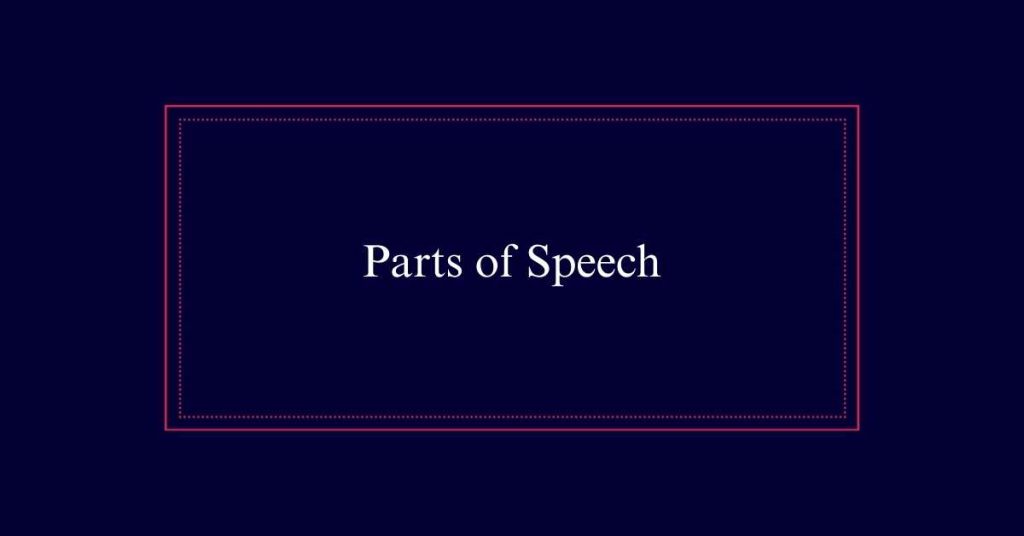
Possessive pronouns, like ‘mine’ and ‘yours,’ indicate ownership.
Reflexive pronouns, such as ‘myself’ and ‘themselves,’ refer back to the subject of the sentence.
Indefinite pronouns, like ‘someone’ and ‘anything,’ refer to nonspecific items or people.
Verbs
While pronouns are important for clarity, verbs are the backbone of every sentence, describing actions or states of being. They play a vital role in conveying what happens in a sentence.
Action verbs denote physical or mental activities, such as ‘run’ or ‘think’. Non-action verbs describe states or feelings, like ‘exist’ or ‘believe’. Verbs are essential for indicating time through their tense forms, such as past, present, and future.
Regular verbs follow standard conjugation rules, while irregular verbs do not. Some verbs require an object to complete their meaning, known as transitive verbs. In contrast, intransitive verbs do not need an object.
Types of Verbs
Understanding the various types of verbs is essential for mastering language and sentence construction. Verbs can be classified into several categories based on their function and form.
Action verbs describe physical or mental actions, such as ‘run’ or ‘think.’ Non-action verbs, like ‘is’ or ‘seem,’ indicate a state of being or condition.
Regular verbs follow standard conjugation patterns, while irregular verbs do not, requiring memorization.
Transitive verbs need a direct object to complete their meaning, for example, ‘She reads a book.’ Intransitive verbs do not require an object, as in ‘He sleeps.’
Adjectives
Adjectives play an essential role in providing more information about nouns, enhancing the clarity and detail of sentences. They describe the qualities, quantities, and characteristics of nouns.
For example, in the phrase ‘red apple,’ ‘red’ is an adjective describing the color of the apple. Adjectives can be placed before the noun, as in ‘a tall building,’ or after the noun, as seen in ‘the building is tall.’
Comparative adjectives compare two things, such as ‘smaller’ in ‘this box is smaller.’ Superlative adjectives indicate the highest degree within a group, like ‘smallest’ in ‘this is the smallest box.’
Proper adjectives, derived from proper nouns, like ‘Italian’ in ‘Italian cuisine,’ specify particular characteristics. Adjectives answer questions like ‘which one?’ and ‘how many?’
Adverbs
Finally, adverbs modify verbs, adjectives, or other adverbs to provide more detail about how, when, or where something happens. They enrich sentences by answering questions like ‘how?’, ‘when?’, ‘where?’, and ‘to what extent’.
For example, in ‘She sings beautifully,’ the adverb ‘beautifully’ describes how she sings. Adverbs of manner, such as ‘quickly’ or ‘carefully,’ explain how actions are performed. Adverbs of frequency, like ‘always’ or ‘often,’ indicate how often something occurs. Adverbs of time, such as ‘yesterday’ or ‘soon,’ specify when an event happens.
Prepositions
Prepositions are words that establish relationships between different elements within a sentence. They provide context about location, time, direction, and other relationships. Common examples include words like ‘in,’ ‘on,’ ‘at,’ ‘over,’ and ‘between.’
Prepositions usually precede a noun or pronoun, forming a prepositional phrase. For instance, in the sentence ‘The cat is on the table,’ ‘on’ is the preposition and ‘the table’ is its object.
Prepositions of time, such as ‘before’ and ‘after,’ indicate when something occurs. Prepositions of place, like ‘under’ and ‘beside,’ describe where something is located.
Conjunctions
Conjunctions are words that connect other words, phrases, or clauses within a sentence. They help form coherent and complex sentences.
There are three main types of conjunctions: coordinating, subordinating, and correlative. Coordinating conjunctions, such as ‘and,’ ‘but,’ and ‘or,’ link elements of equal importance.
Subordinating conjunctions, like ‘because,’ ‘although,’ and ‘since,’ connect dependent clauses to independent clauses, showing a relationship between them.
Correlative conjunctions, such as ‘either…or’ and ‘neither…nor,’ work in pairs to link balanced elements.
Conjunctive adverbs, including ‘however’ and ‘therefore,’ connect independent clauses while indicating a relationship.
